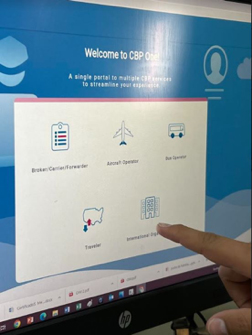What Is a Pour-Over Will?
2023-02-07
Posted at 16:30h
in Asset Protection, Wills
If you have set up a living trust or are considering one, you may need a pour-over will. This failsafe will protect any assets you neglected to add to your living trust. Whether you intentionally left some assets out, or simply forget about them, you can rest easy knowing that all of your assets will be safely protected by your trust after you pass away. Read on to learn more about the purpose of a pour-over will in estate planning.
What Is a Pour-Over Will?
A living trust leaves instructions for how you wish your assets to pass to your beneficiaries after you pass. The assets you transfer to your trust will be managed by the trustee until they are distributed. However, you can only make changes to a living trust during your lifetime. A pour-over will can be used to transfer any remaining assets in your estate to the living trust after you pass away.
Does a Pour-Over Will Avoid Probate?
Just like any other type of will, a pour-over will must be signed by yourself and two witnesses in order to be considered valid in Arizona. However, it must still go through probate and be validated by the court before your assets can be distributed to the living trust.
Probate is the court process of validating your will and settling your estate, and sometimes it can be costly. The assets in a living trust can avoid probate because they are no longer in your name—they are owned by the trust after your death.
To avoid probate, it’s best to transfer all of your assets to your trust ahead of time. This is why it’s so important to review your estate plan on a regular basis—your estate planning agent can help you make sure that any newly acquired assets are properly protected by your trust.
How Do You Create a Pour-Over Will?
Even though a pour-over will won’t avoid probate, it can still be a good idea to have one as a backup. But before you can create a pour-over will, you must first set up a living trust.
To establish a living trust, you need to pick a reliable trustee who you can trust to manage the assets, and you also need to name your beneficiaries. It’s important to discuss the role with your chosen trustee ahead of time to ensure they understand the responsibilities and are comfortable with the position.
You’ll also need to leave detailed instructions on how you want your trustee to manage and distribute the assets. Then you need to fund the trust by retitling the assets in the name of the trust, or listing the trust as your beneficiary.
Once you’ve set up a living trust, you can create a pour-over will. In the document, you simply state that any assets in your estate that are not held in the trust or that do not have designated beneficiaries should immediately transfer to the living trust. And instead of naming your loved ones as beneficiaries in the will, you name the trust as the sole beneficiary.
Estate Planning Attorney in Mesa and Chandler, Arizona
If you’re considering a living trust, a pour-over will, or both, the experienced Phelps LaClair team can help. We’ve been helping Arizona residents create successful trusts and wills for over 40 years. Give us a call at 480-892-2488 today to schedule a consultation in Mesa, Chandler, or one of our many other Arizona locations.
Images used under creative commons license – commercial use (2/7/2023). Photo by Gustavo Fring on Pexels





